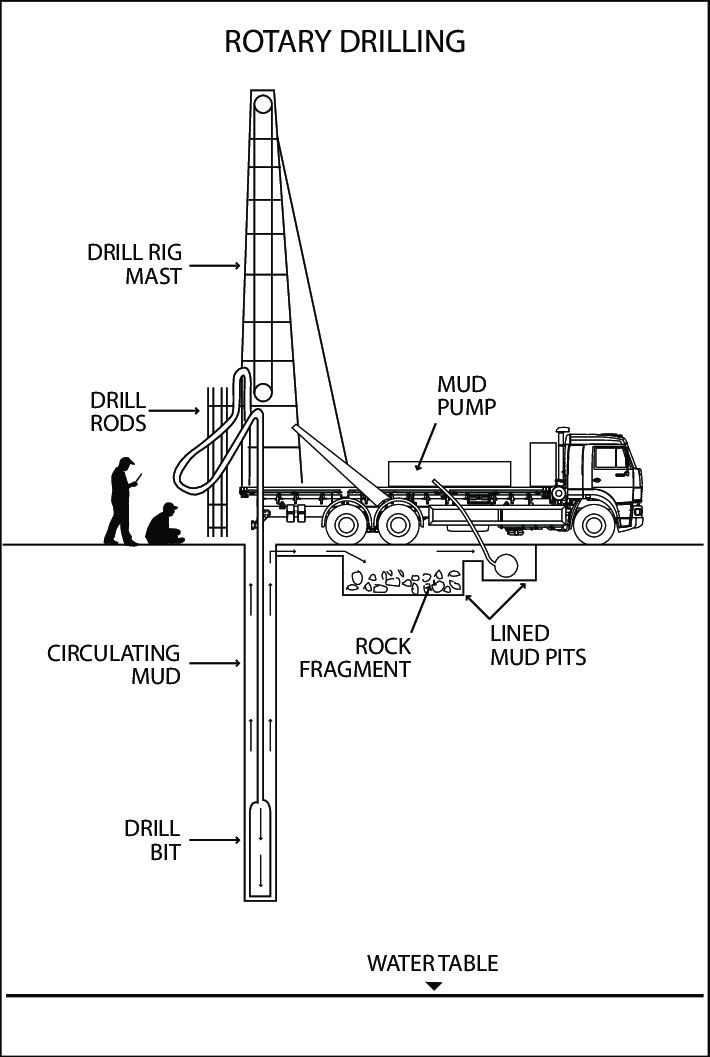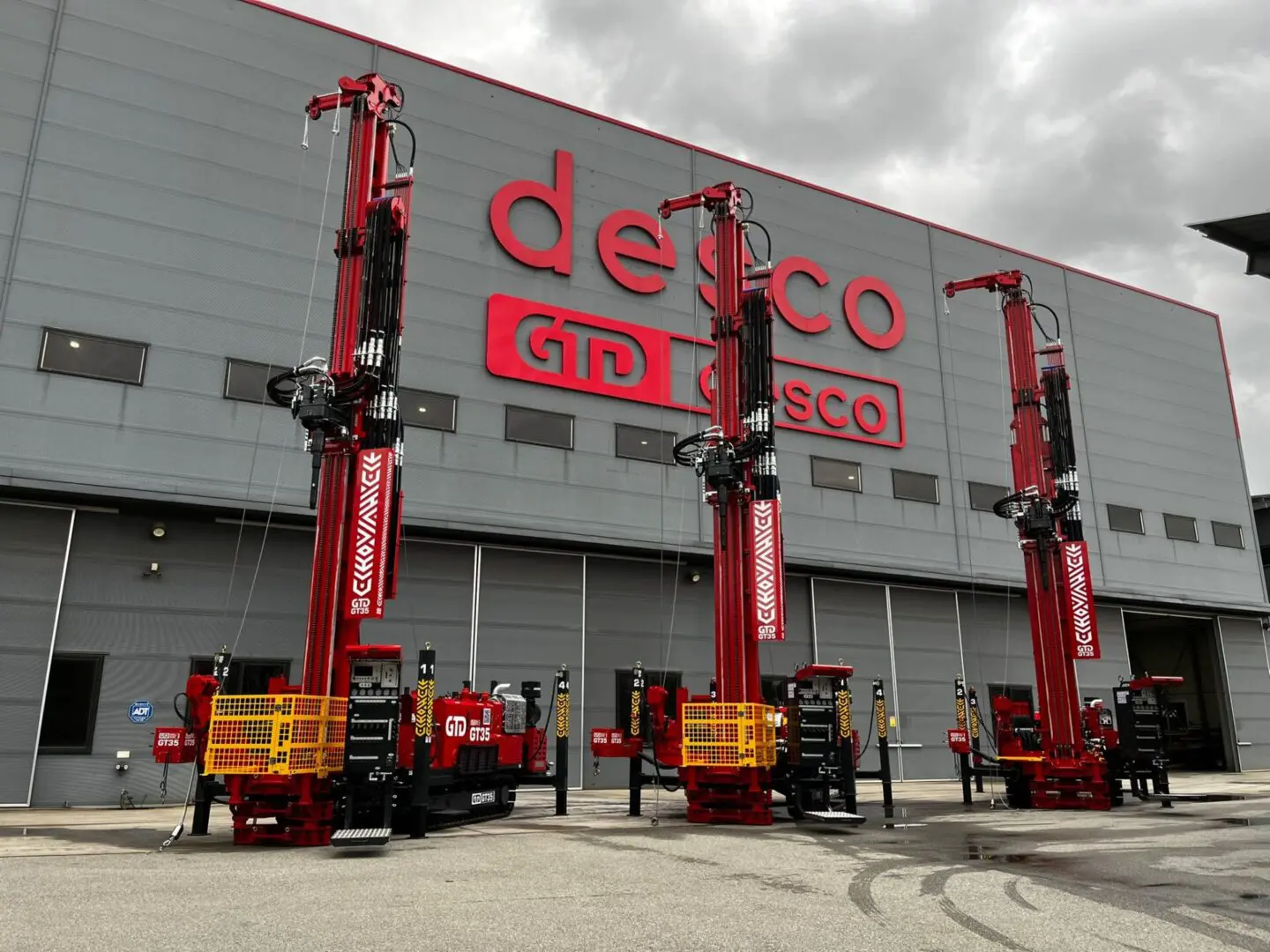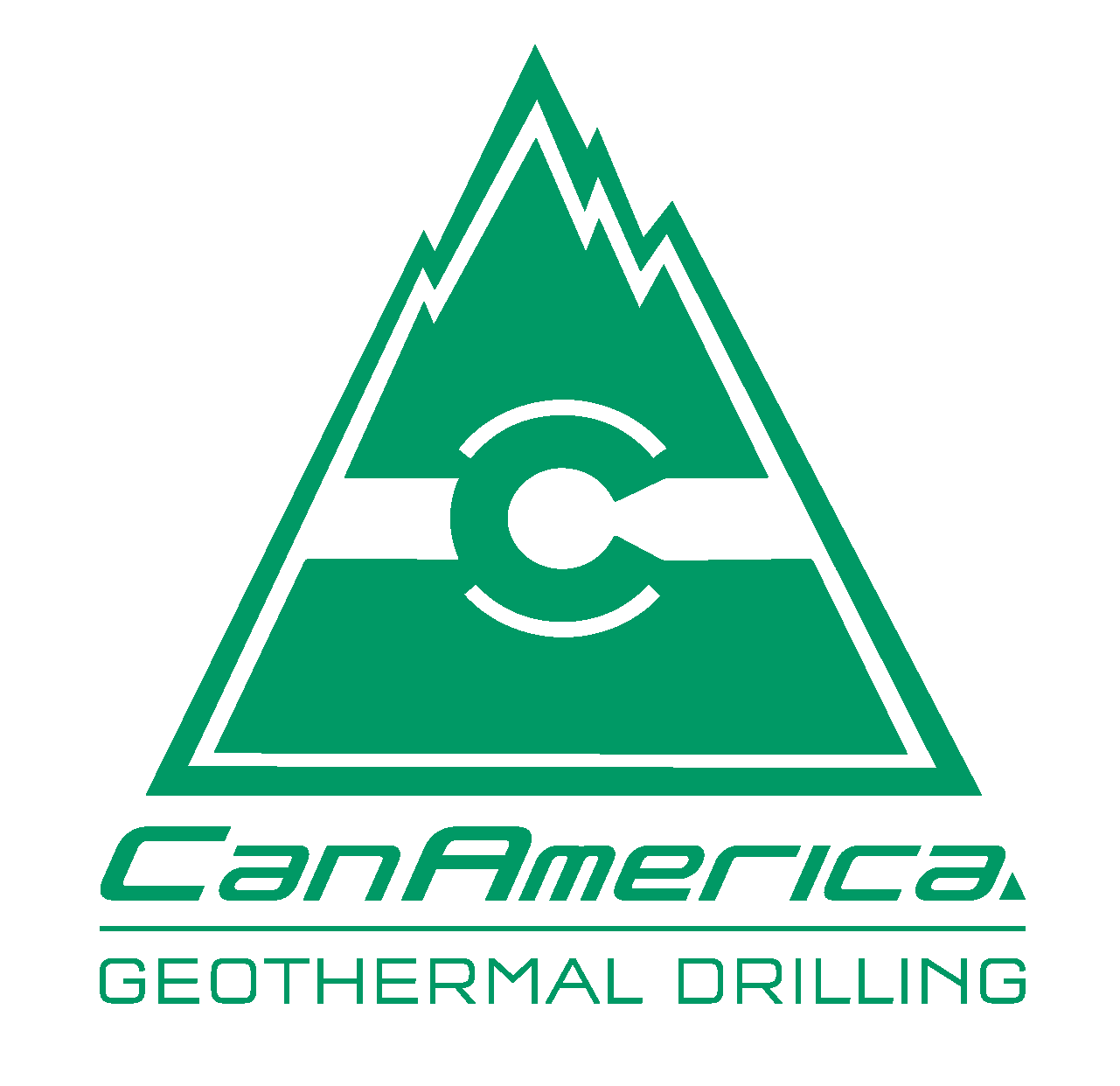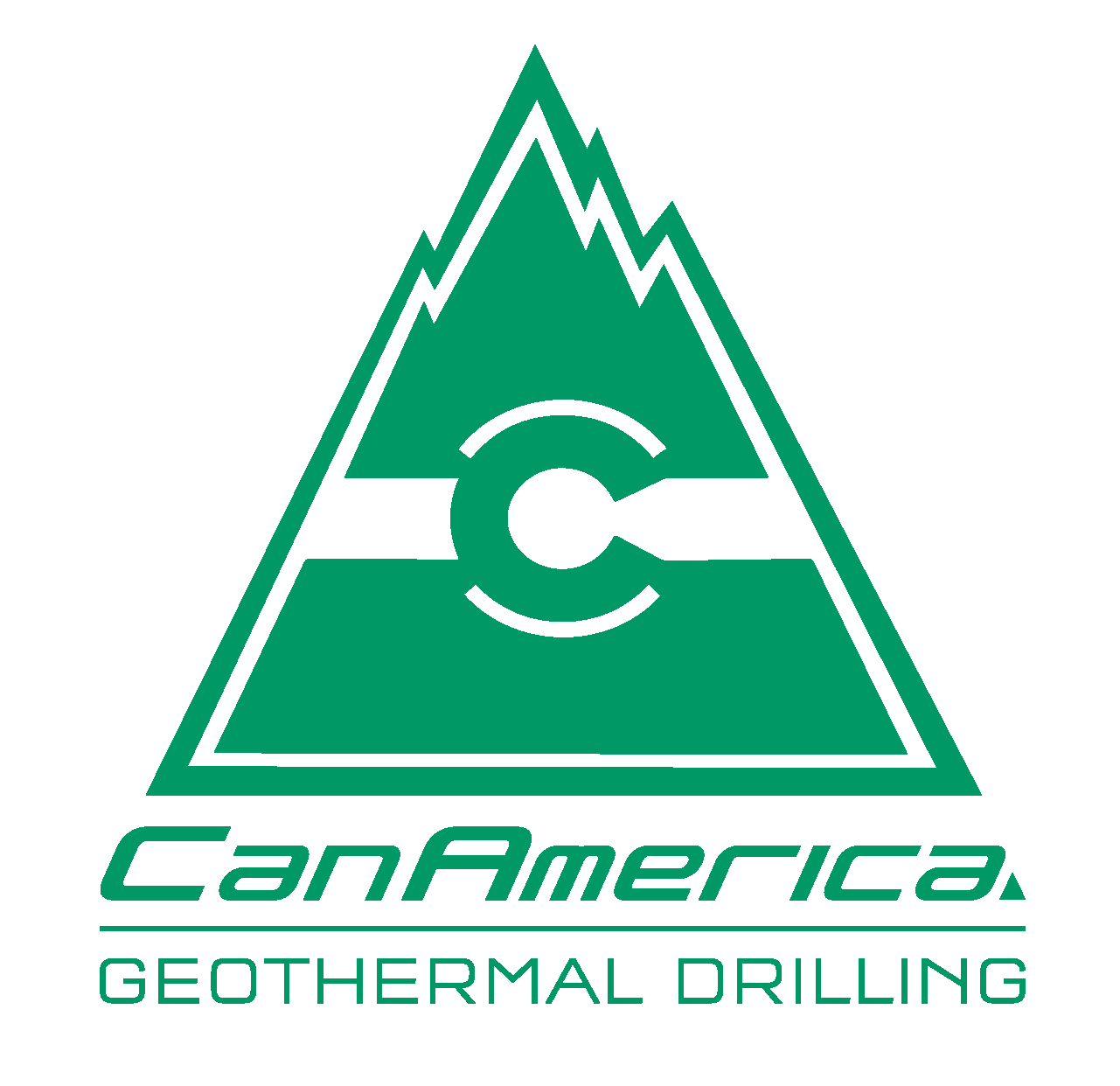How Geothermal Drilling Works
The most common method is to drill vertical boreholes from 300ft to 1000ft and drop HPDE loops onto them. These loops are set in place with a thermal conductive grout and then tied into the buildings heat pump. Heat pumps move heat from one place to another using electricity. Air conditioners and refrigerators are examples of heat pumps but use the air around them to dissipate the heat. Geothermal heat pumps use the earths underground formations to acheive the same result but at a much lower overal energy cost.
Below the ground surface, at depths of 30 ft, the temperatures remains relatively constant year round between about 50°F (10°C) and 60°F (15°C)). This means the formation temperatures are usually warmer than the air in winter and cooler than the air in summer.
Geothermal heat pumps take advantage of these constant underground temperatures to efficiently exchange temperatures, heating buildings in the winter and cooling buildings in the summer.



Well Types and Conditions:

We Also Provide:
Choosing a Drilling Company
Choosing the right company is a crucial decision. It is important to ask questions, get information, and know what is expected of you and the driller. Asking the right questions now will prevent problems down the road.
First and foremost, a Driller must have the proper license and insurance. Ask around, and get lots of opinions about the drilling company you are interested in. Compare estimates; if one is cheaper, find out why.
The more you know beforehand, the better you will feel when making your final decision.




